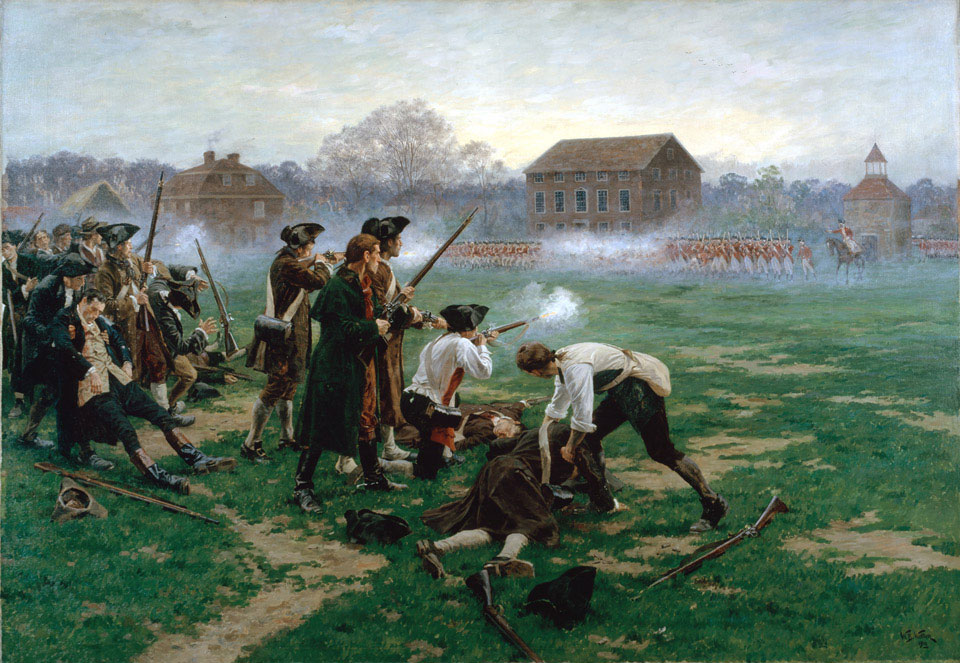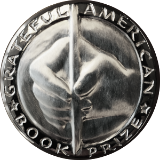April 16
April 30
2024
History Matters
Showing our children that their past is prelude to their future
On April 18, 1775–the eve of the start of the Revolutionary War–the Redcoats uncovered a stockpile of Patriot artillery in Concord. They dispatched troops to scoop up the cache, and arrest the Loyalist leaders, Samuel Adams, and John Hancock.
History.com says that “by 1775, tensions between the American colonies and the British government had approached the breaking point, especially in Massachusetts, where Patriot leaders formed a shadow revolutionary government and trained militias to prepare for armed conflict with the British troops occupying Boston. In the spring of 1775, General Thomas Gage, the British governor of Massachusetts, received instructions from Great Britain to seize all stores of weapons and gunpowder accessible to the American insurgents. On April 18, he ordered British troops to march against Concord and Lexington.”
The Grateful American Book Prize recommends Avi’s Loyalty. [Aka Edward Irving Worts].

Battle of Lexington
Thomas Edison created the Kinetoscope in 1891, but Grey and Otway Latham-their father, Woodville, and Edison Laboratory employee, W.K.L Dickson, conceived 1895’s Panopticon–the first movie projector in America:
According to History.com “Although motion pictures had been shown in the United States for several years using Thomas Edison’s Kinetoscope, the films could only be viewed one at a time in a peep-show box, not projected to a large audience. Brothers Grey and Otway Latham, the founders of a company that produced and exhibited films of prize fights using the Kinetoscope, called on their father, Woodville, and W.K.L. Dickson, an assistant in the Edison Laboratory, to help them develop a device that would project life-sized images onto a screen in order to attract larger audiences,” says History.com.
The Grateful American Book Prize recommends Charles Musser’s The Emergence of Cinema: The American Screen to 1907.

The 1895 version of the Kinetophone in use, showing the earphones that lead to the cylinder phonograph within the cabinet.
In 1891, basketball was “discovered” by graduate student, James Naismith, at the YMCA Training School in Springfield, Massachusetts; fifty-nine years later-on April 25, 1950- an African American was picked to participate in the big leagues.
According to History.com, the Boston Celtics made “Chuck Cooper, an All-American forward from Duquesne University, the first African American picked in NBA draft, … “With [that]…Cooper [broke] the NBA’s color barrier and [changed] the league for the better … The pick was met with skepticism by some in the NBA, including some of the Celtics’ owners. But Celtics founder and original owner Walter Brown famously said that Cooper could be ‘striped, plaid or polka dot … All I know is the kid can play basketball, and we want him on the Boston Celtics.”
The Grateful American Book Prize recommends Breaking Barriers: The Chuck Cooper Story by Chuck Cooper Ill and David Finoli.

NBA Hall of Famer Chuck Cooper, the first African American drafted in the NBA.
History Matters is a biweekly feature courtesy of The Grateful American Book Prize.



